mental mappings
Intro: Not to forget the imaginary sex polygon
Not to forget the imaginary sex polygon; elaborated
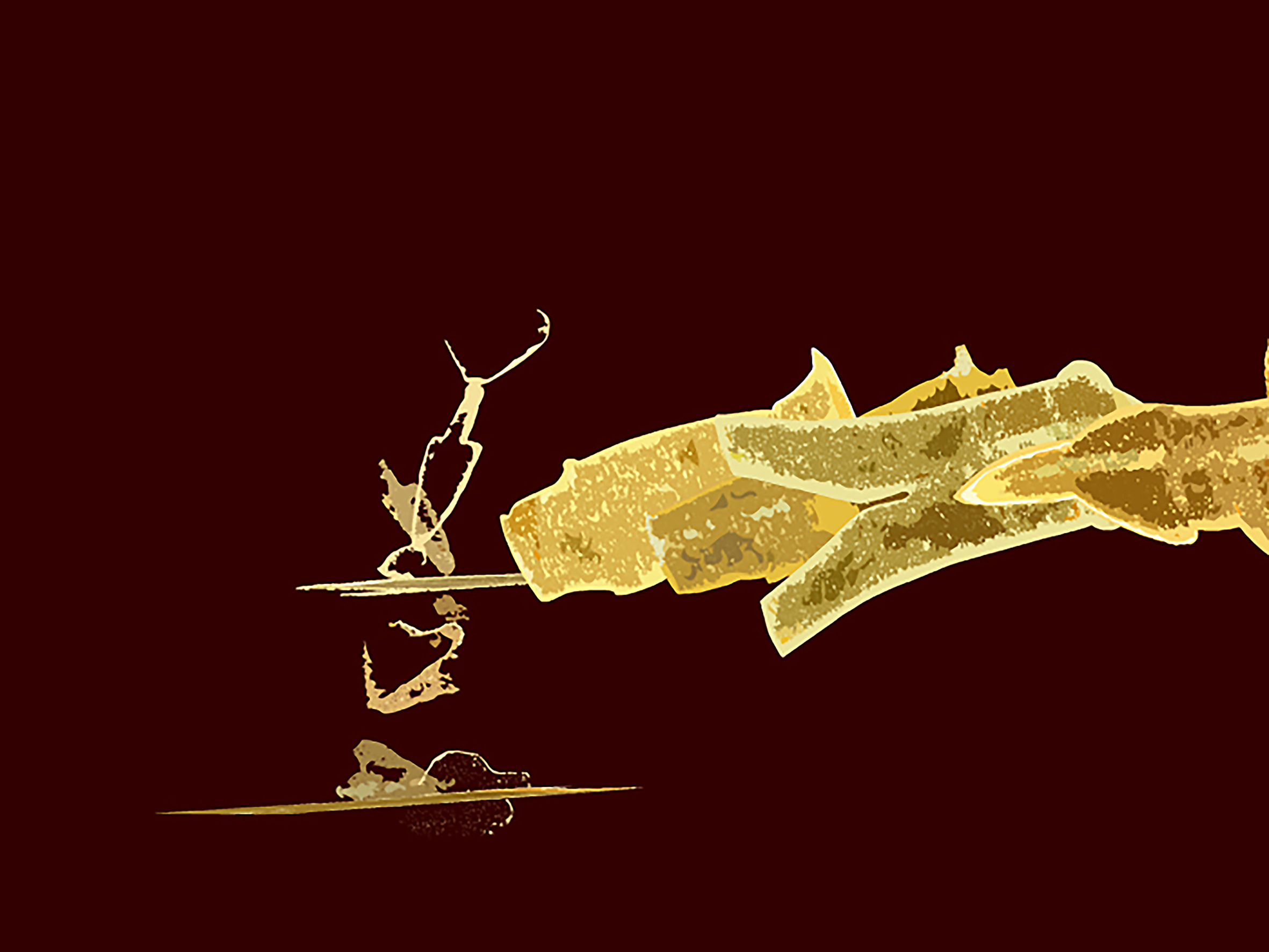
mental mappings – deposit animation still
Intro
Not to forget the imaginary sex polygon
(M.Duchamp 1914)
For mental mappings, I revisited the Large Glass by Marcel Duchamp: The bride stripped naked by her bachelors, even. It was created a few years after the advent of the theory of relativity. Described by Serge Stauffer as a peep-show for intellectuals, it consists of an erotically charged fictional mechanic that takes place between the two halves of the picture, the female upper and the male lower. Here, a gas escapes from the otherwise hollow 9 bachelors and is attracted to the amorphous and lifeless, since hanged, bride. The sexist background on which Duchamp designs his constructions is often left out of the reception. In mental mappings – Duchamp revisited, I construct a reassessment of the relationship between the two images.
Setting
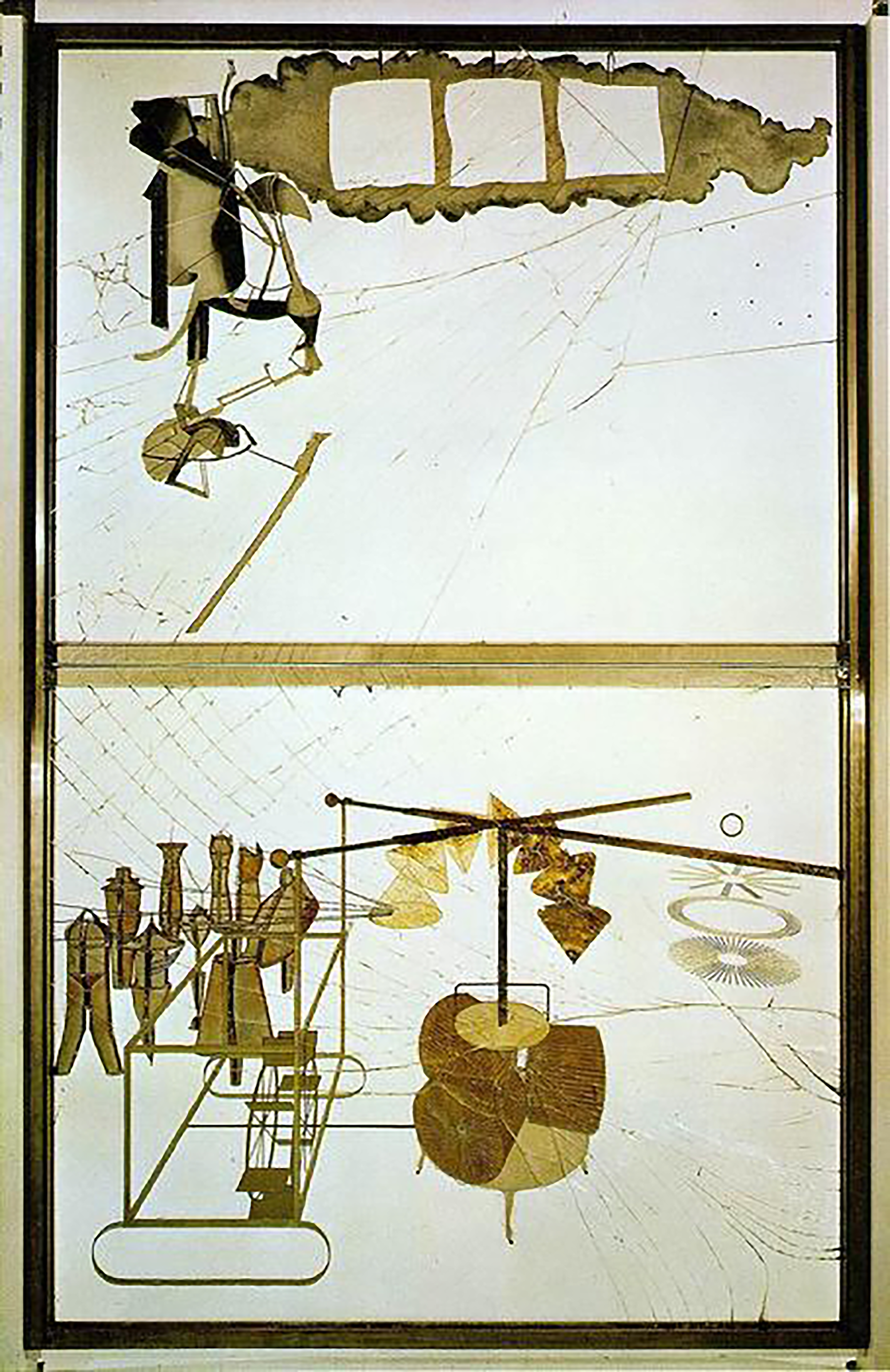
the large glass Marcel Duchamp
The two mental mapping movies now play out vis-a-vis to each other: opposite – the previously female-defined half of Large Glass and deposit – the male-defined half with 9 bachelors as protagonists.
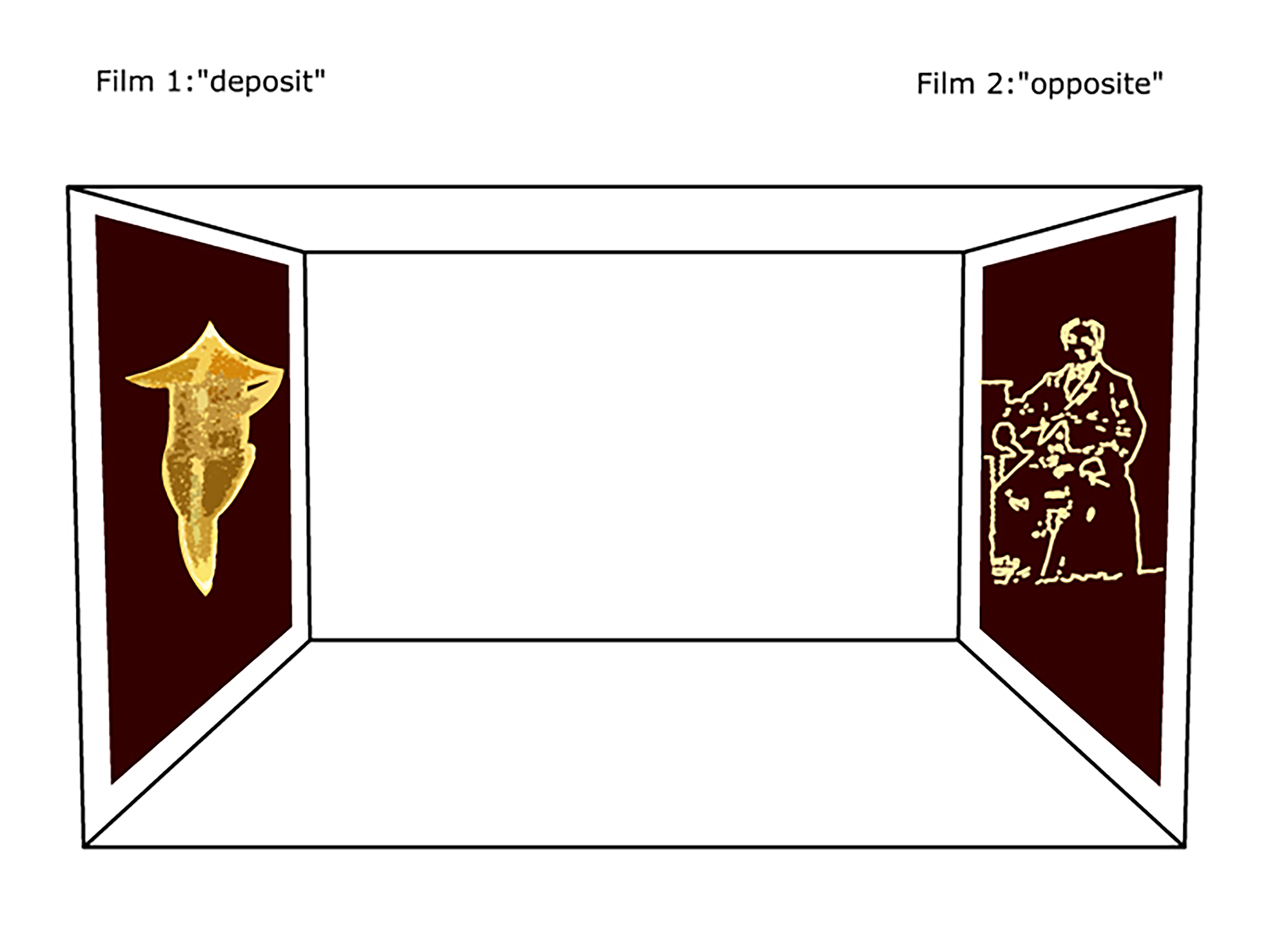
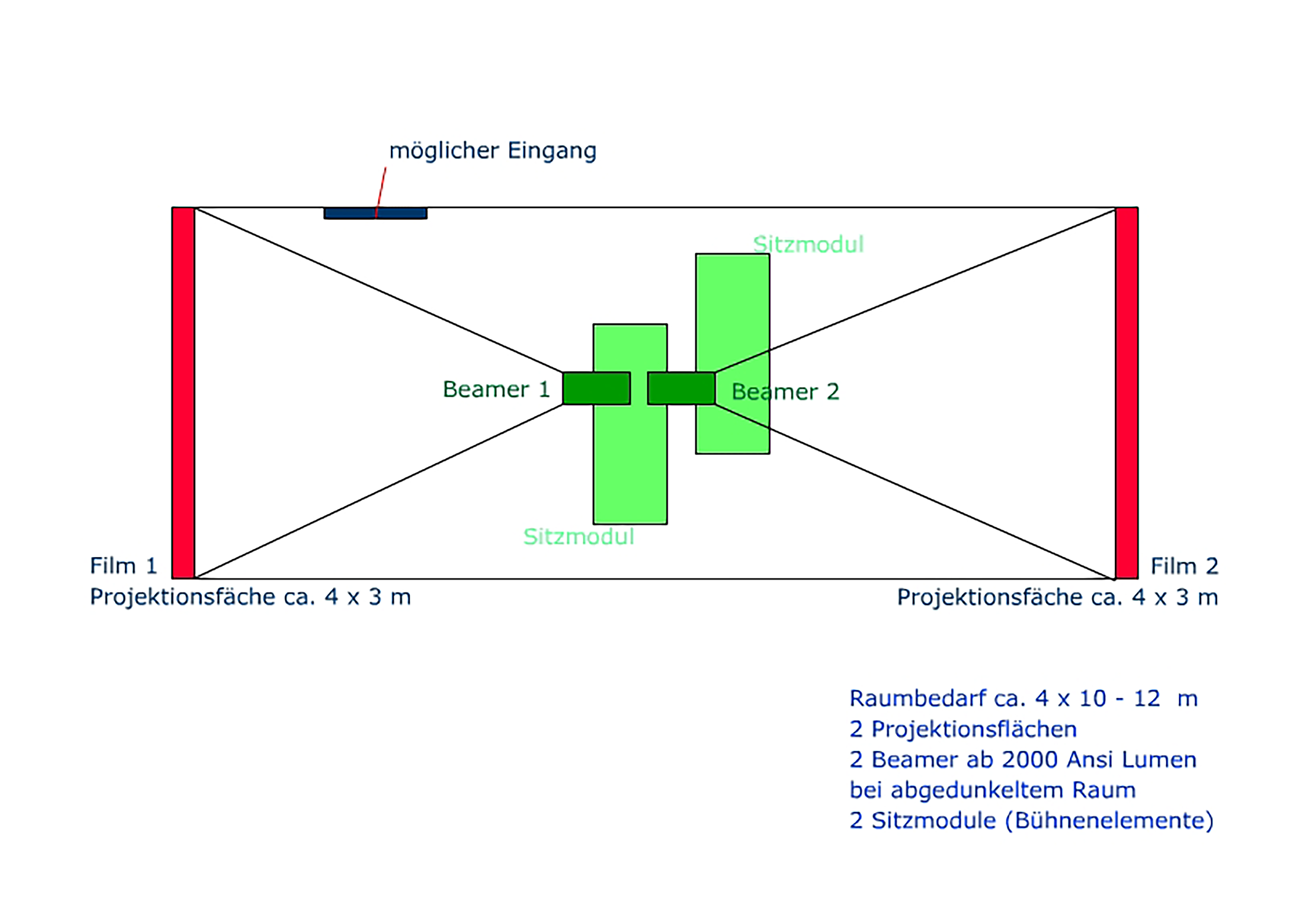
opposite, animation stills
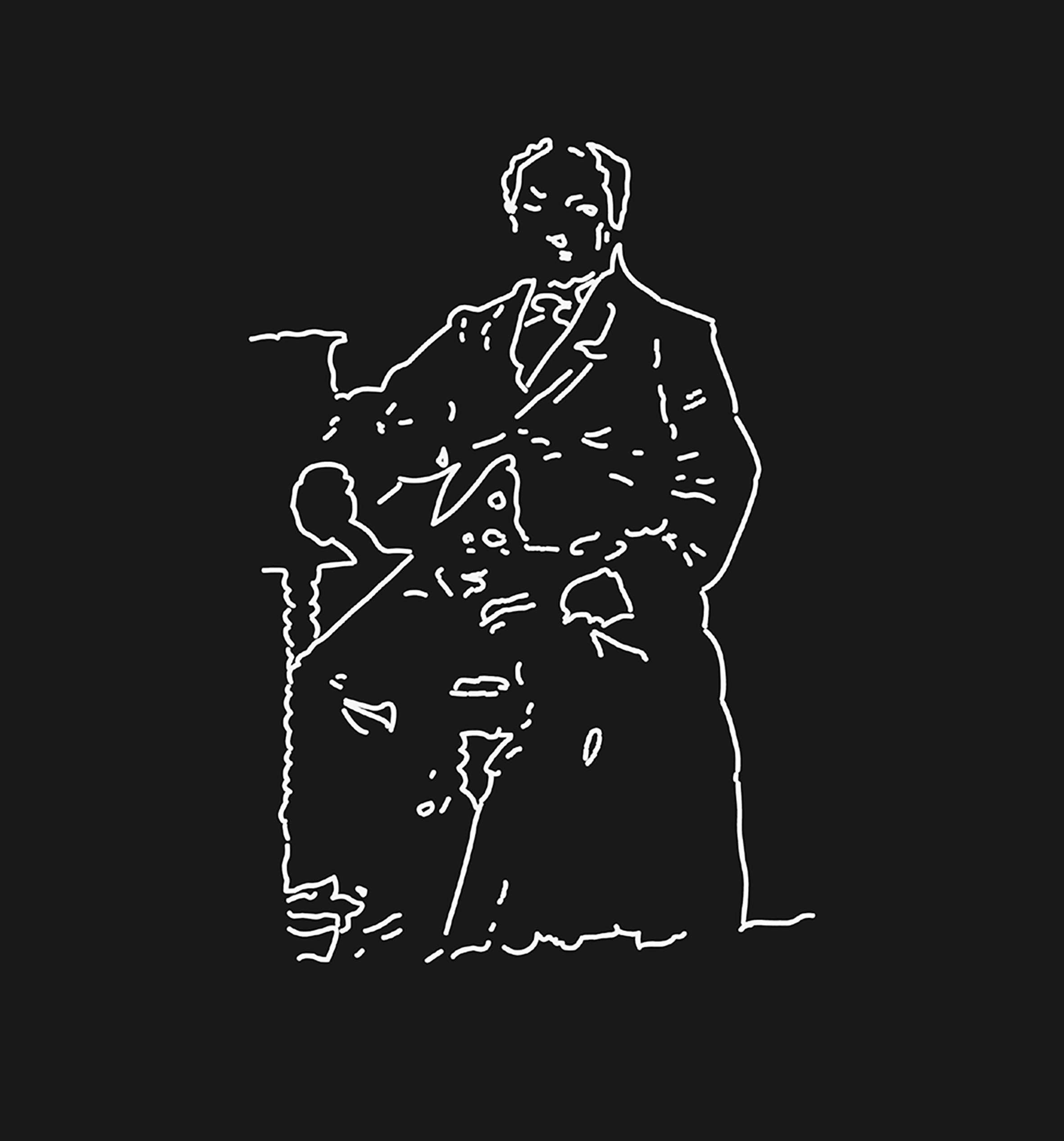
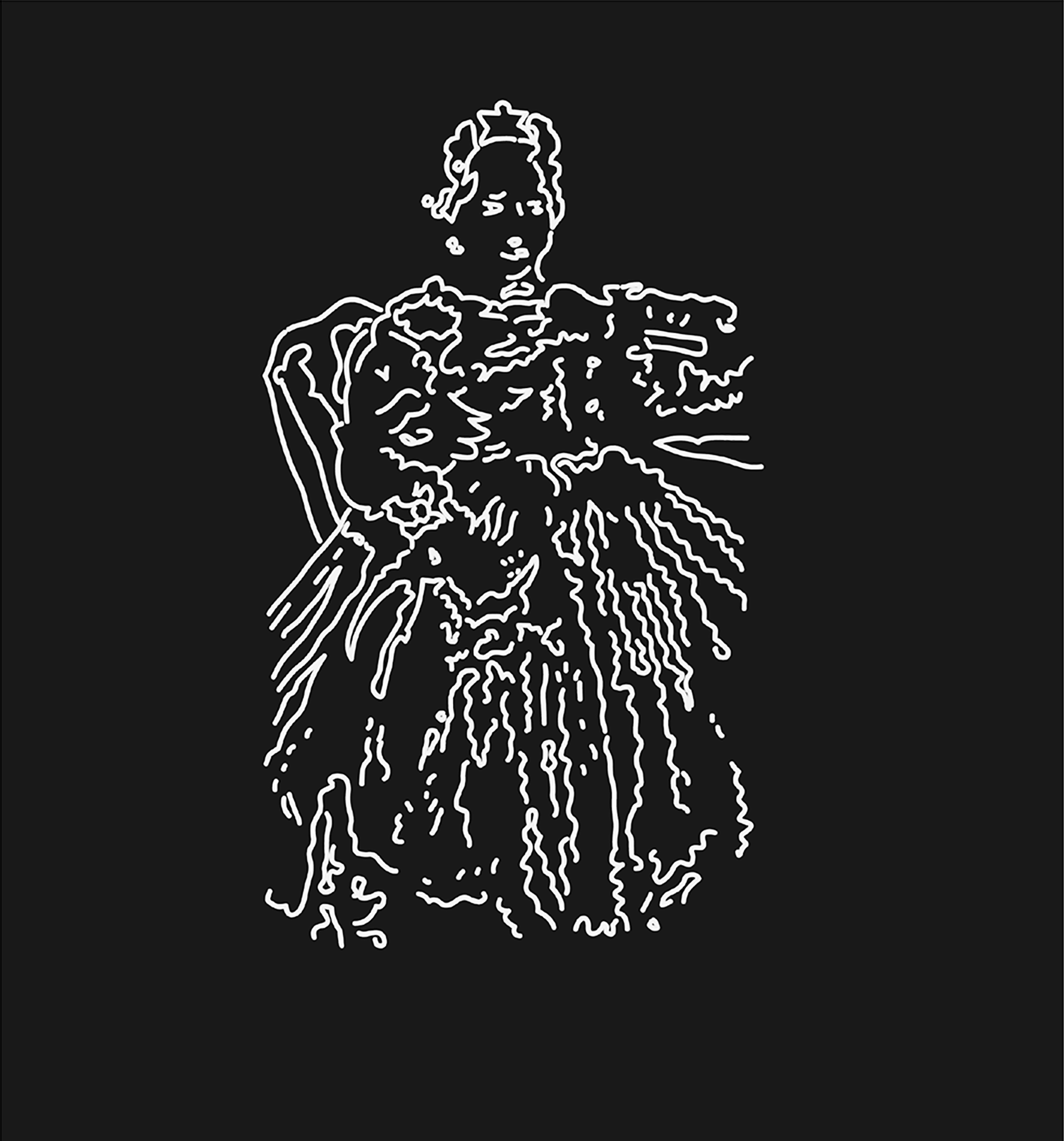
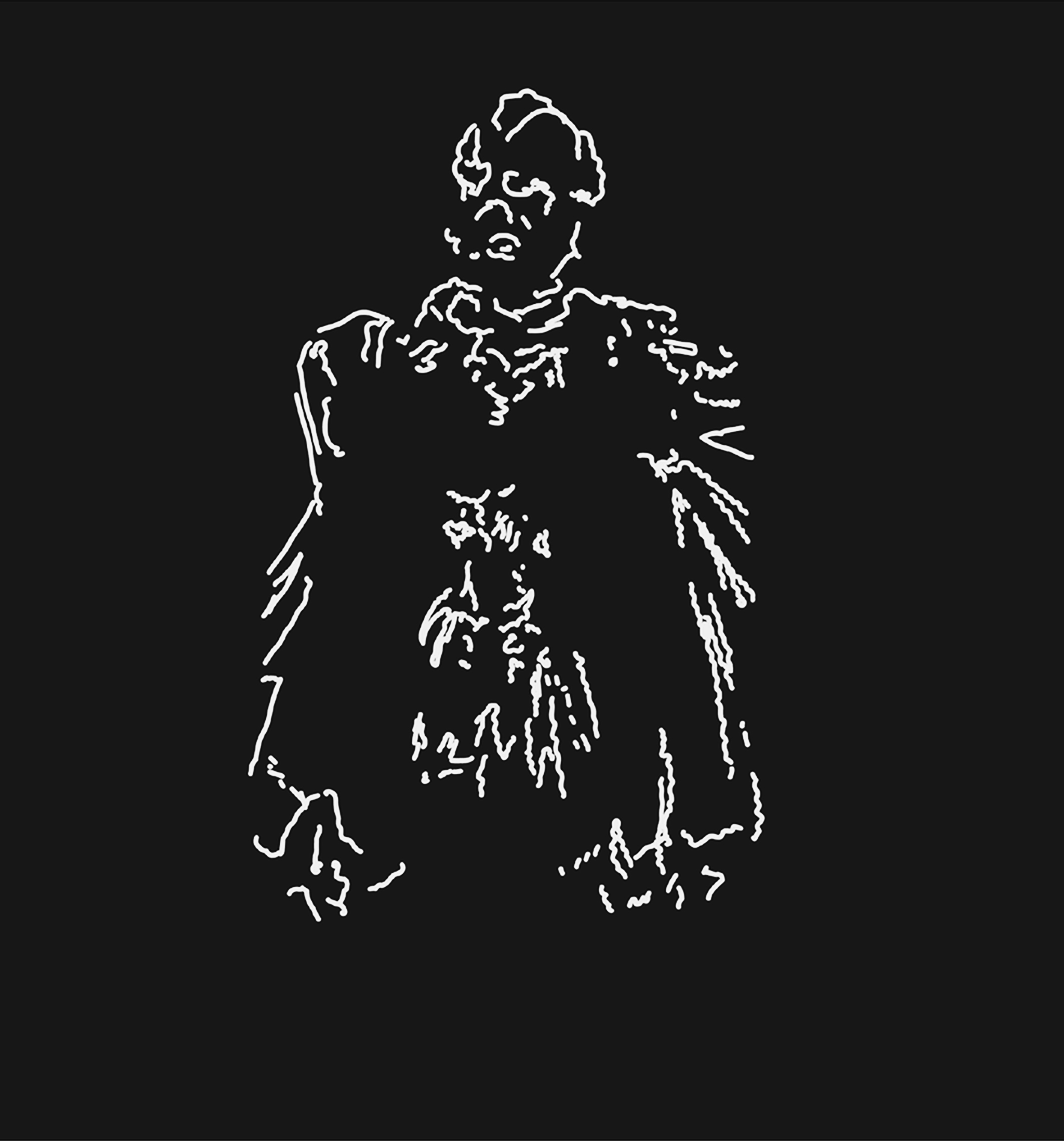

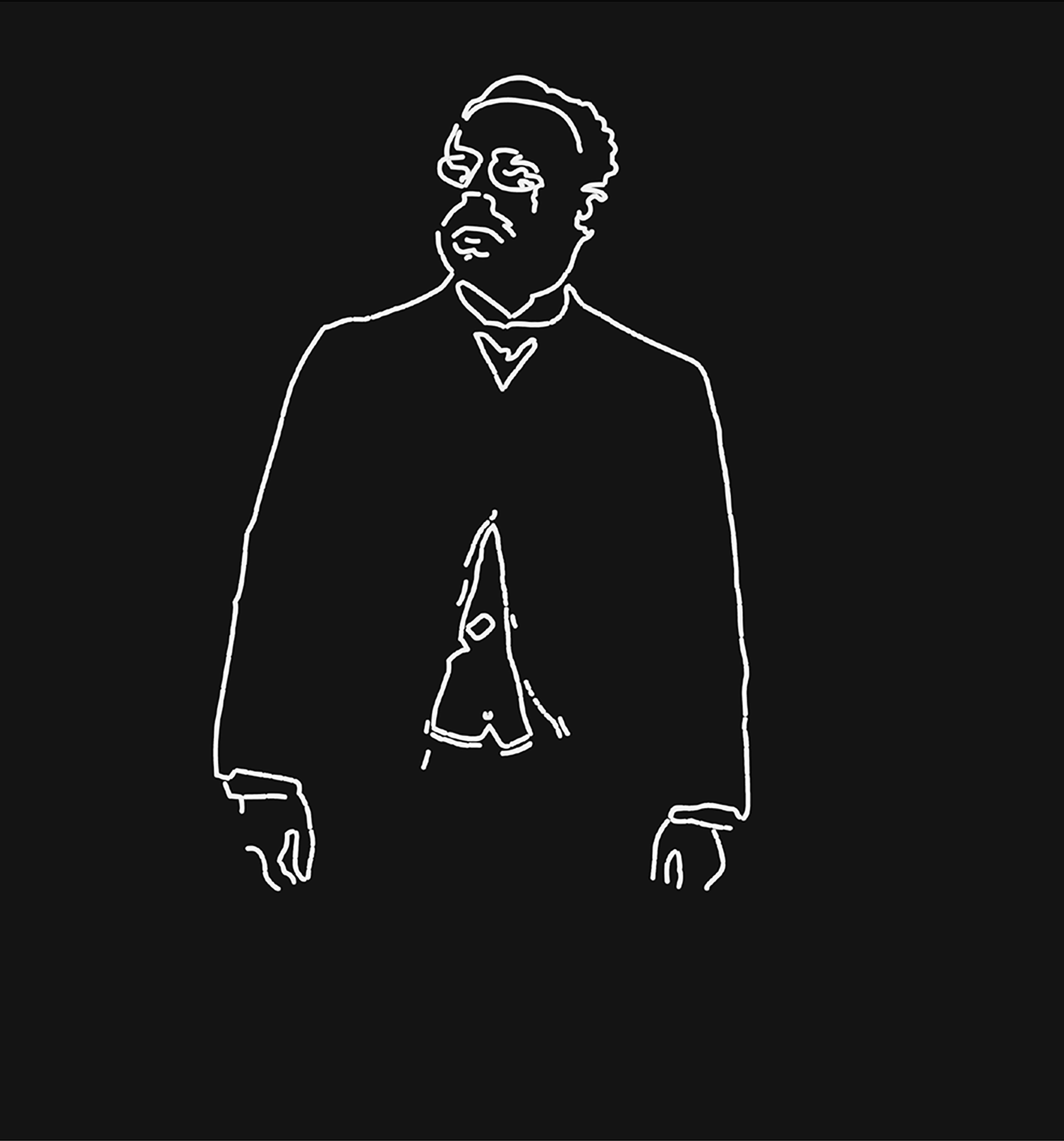
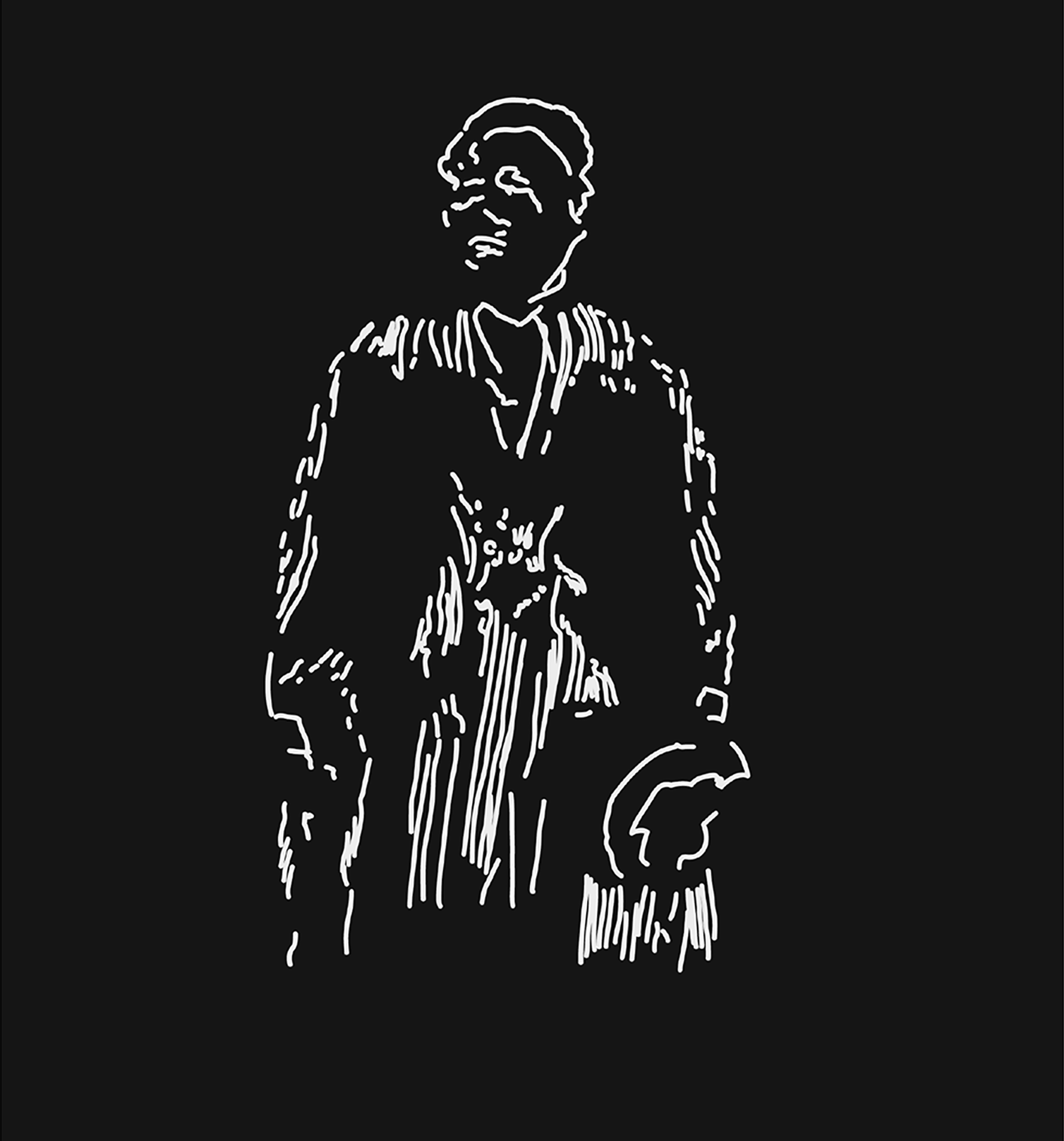
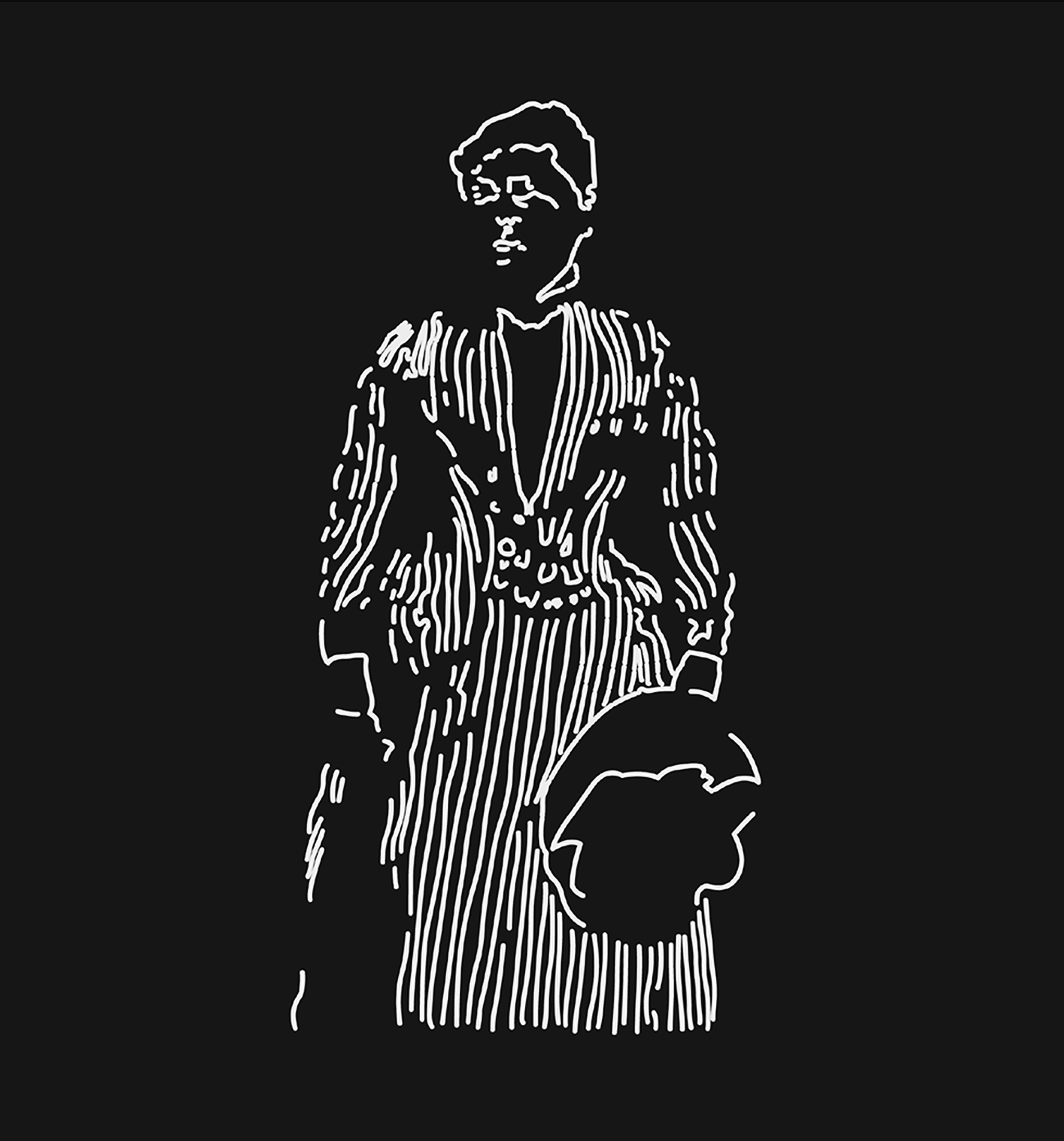
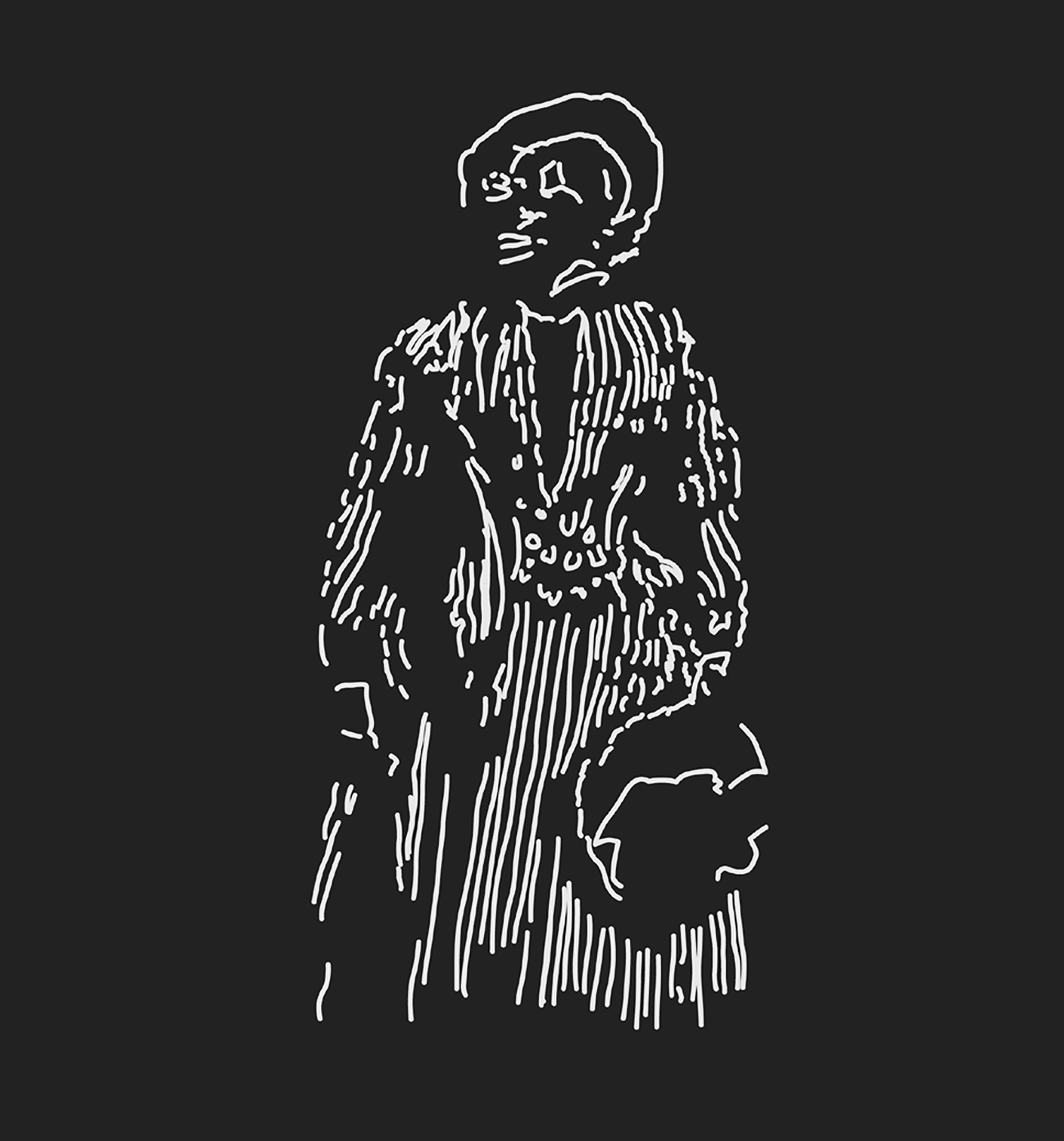
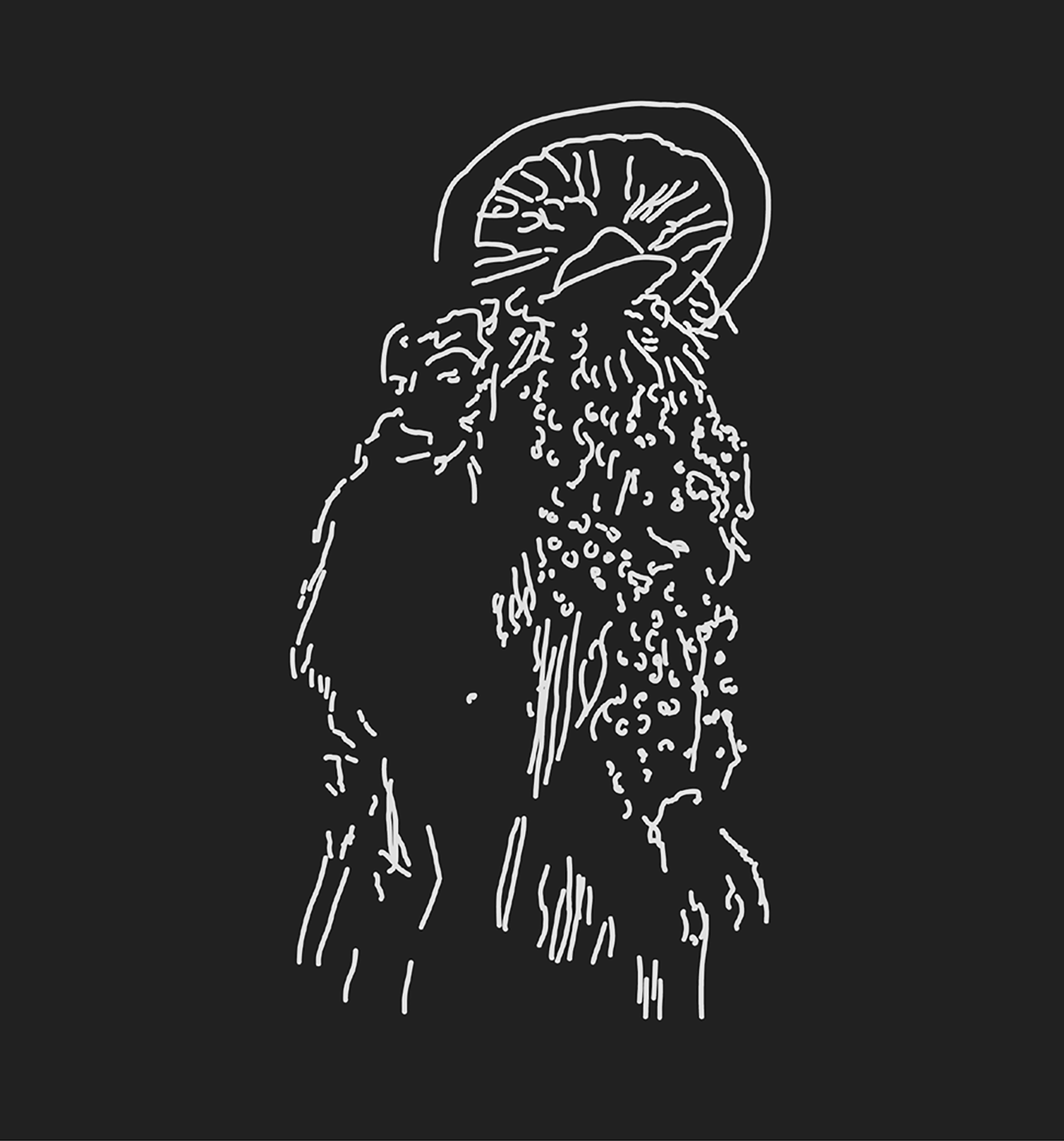
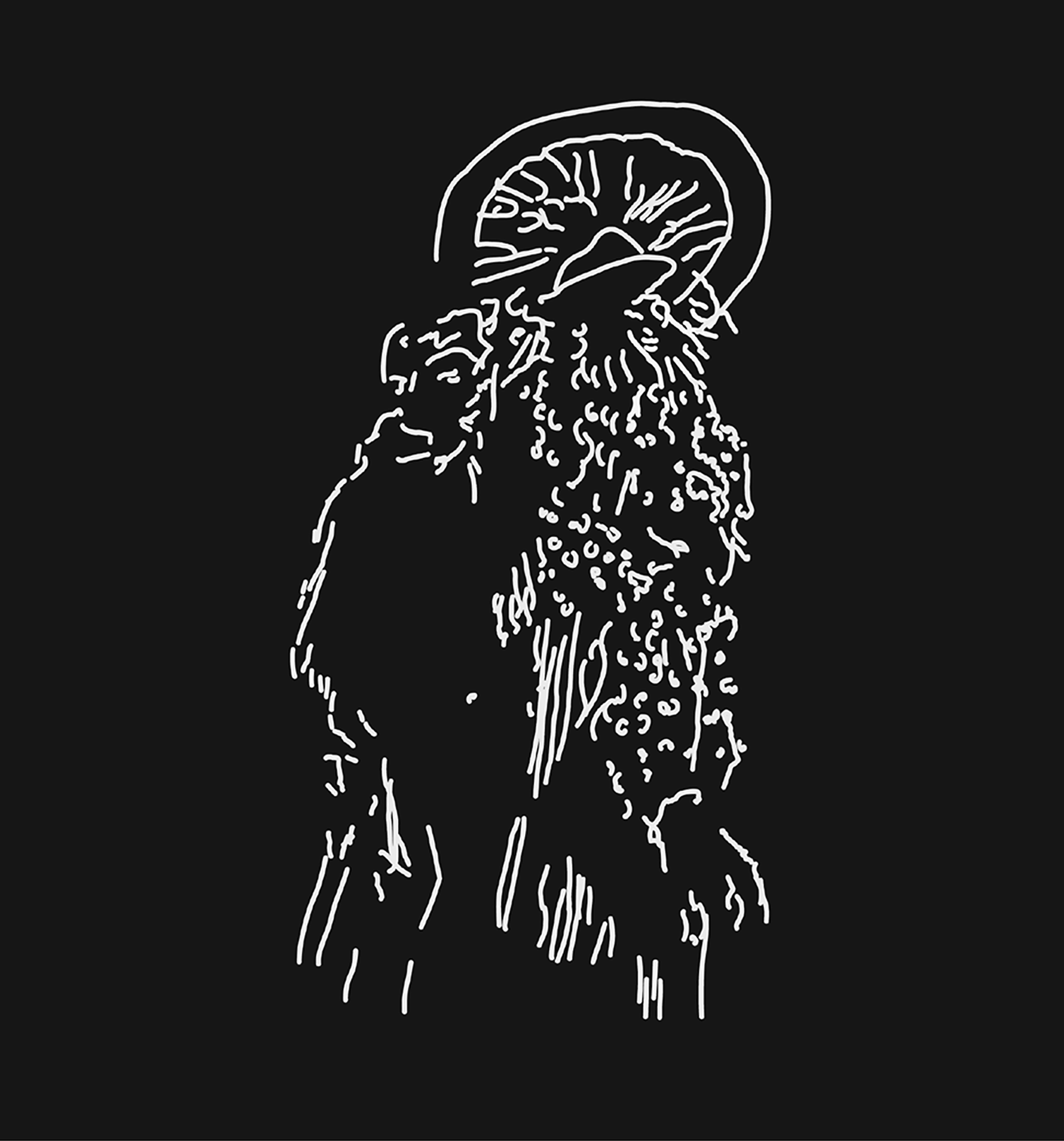
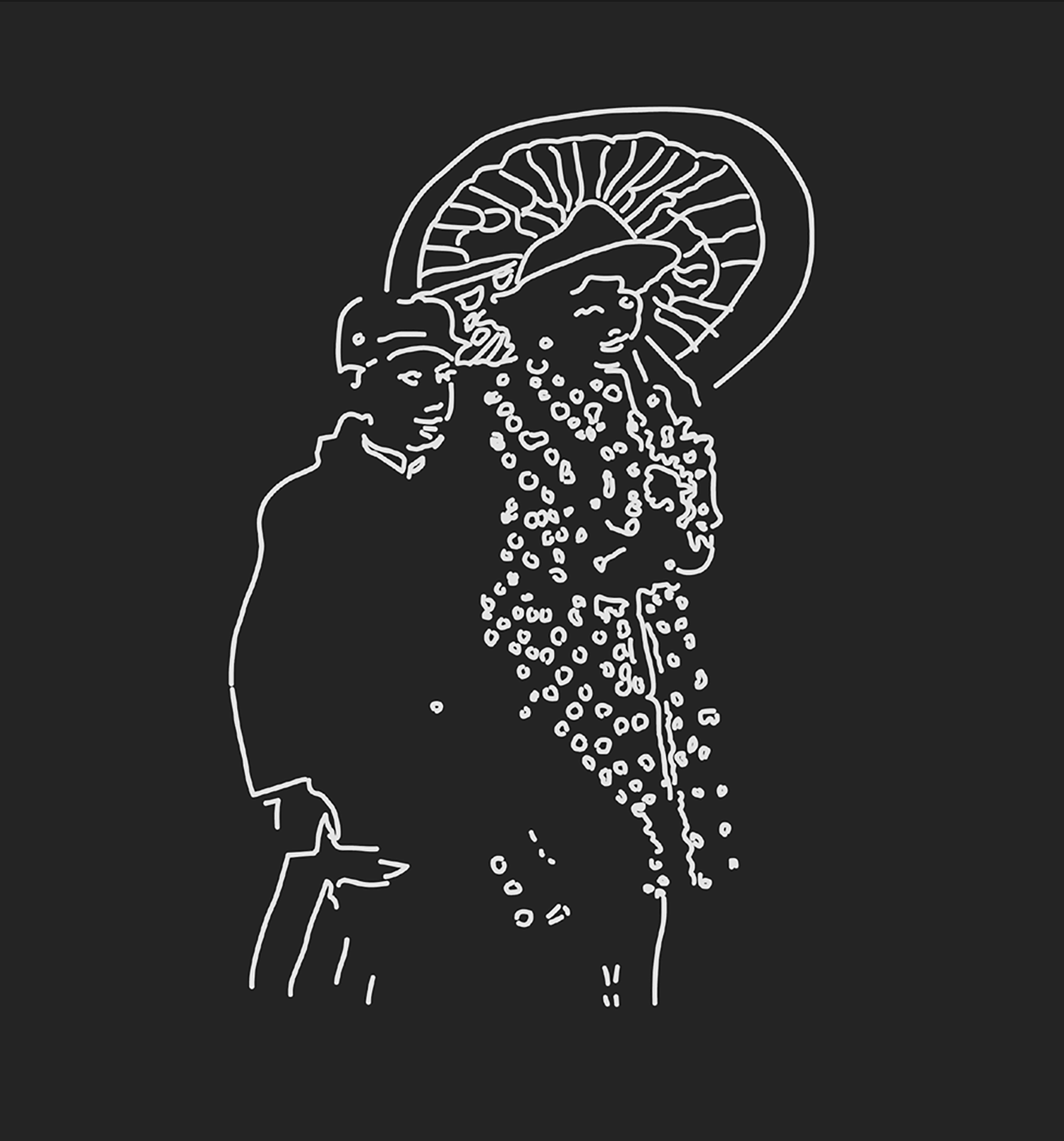
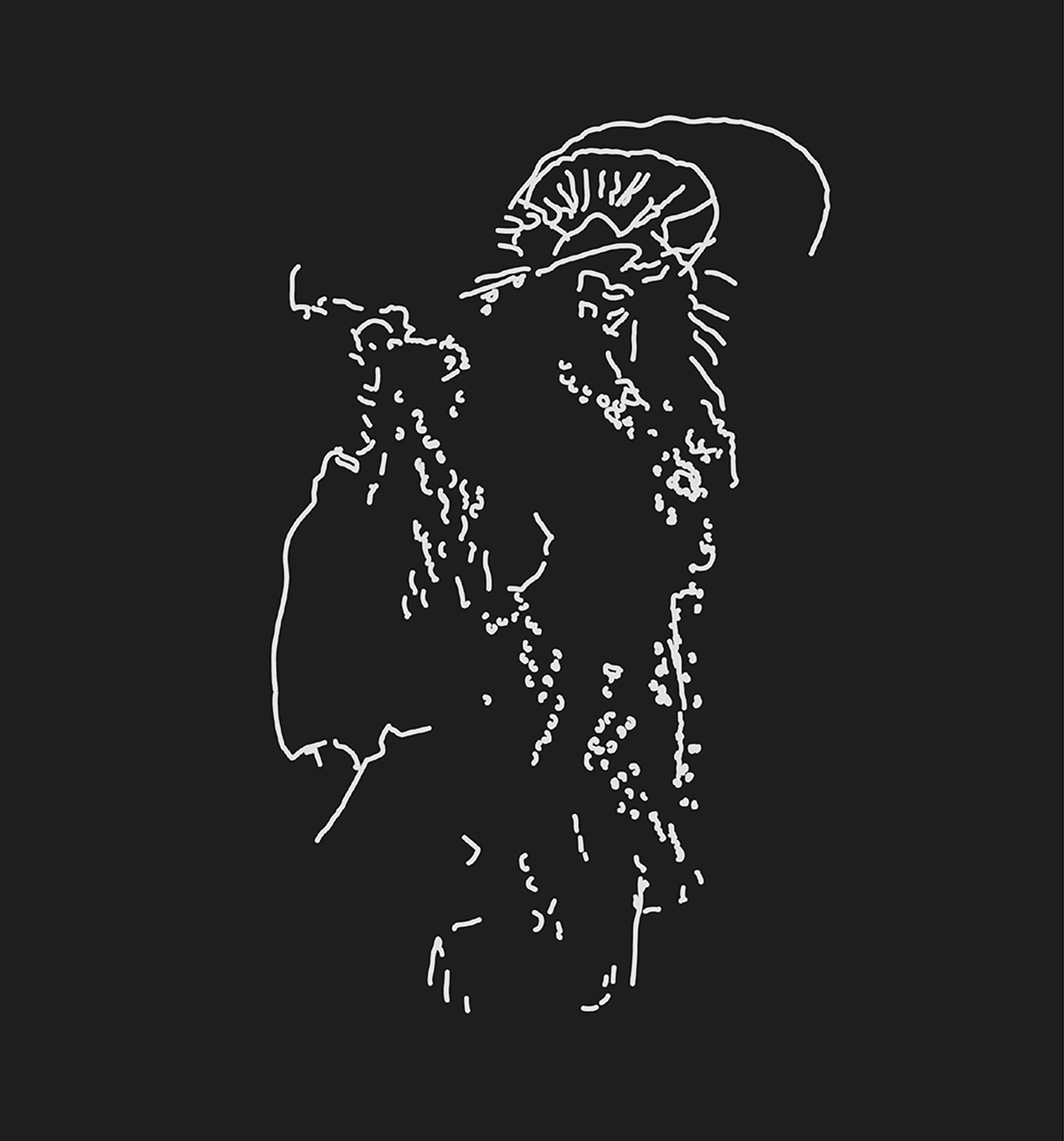
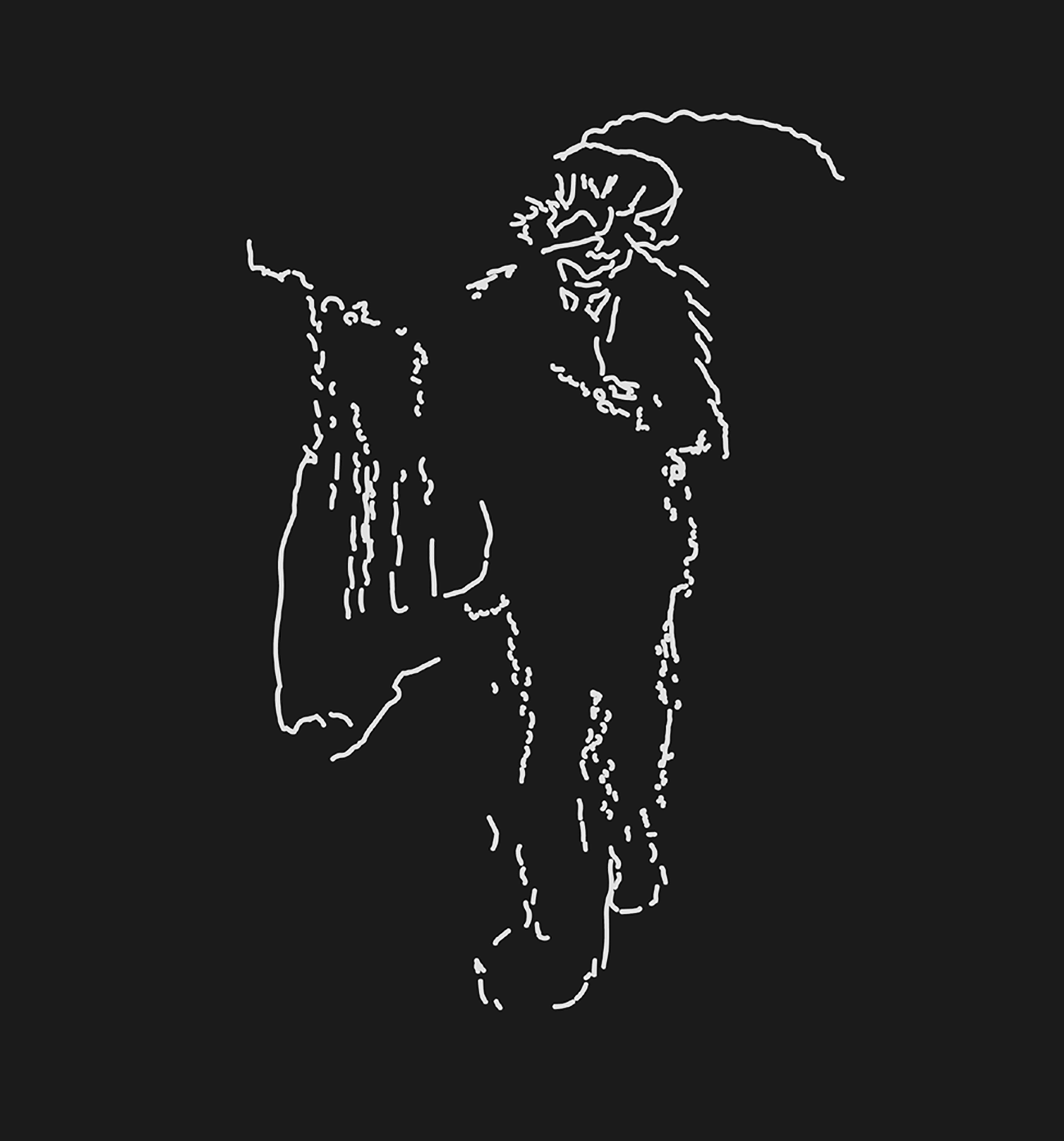
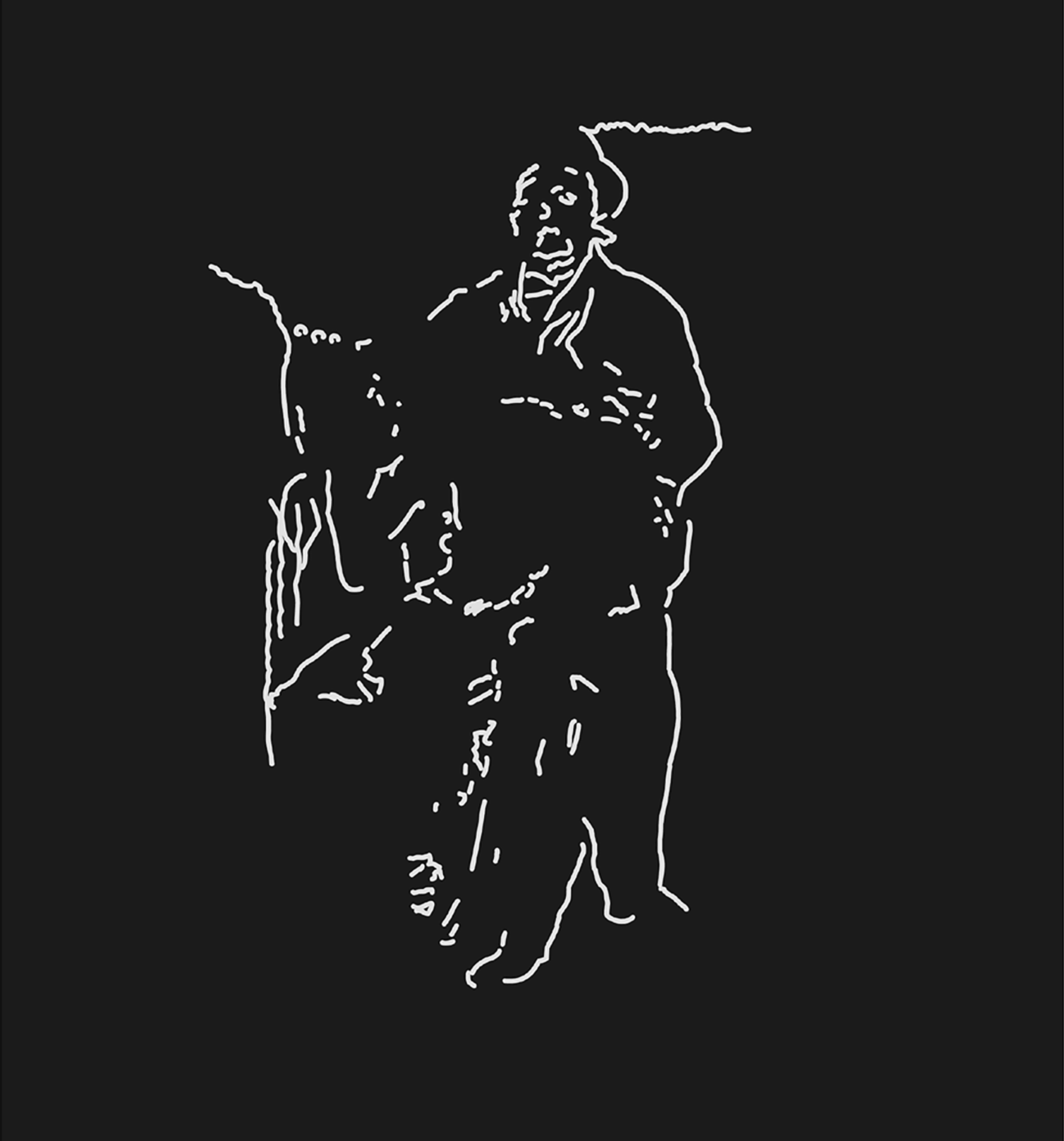
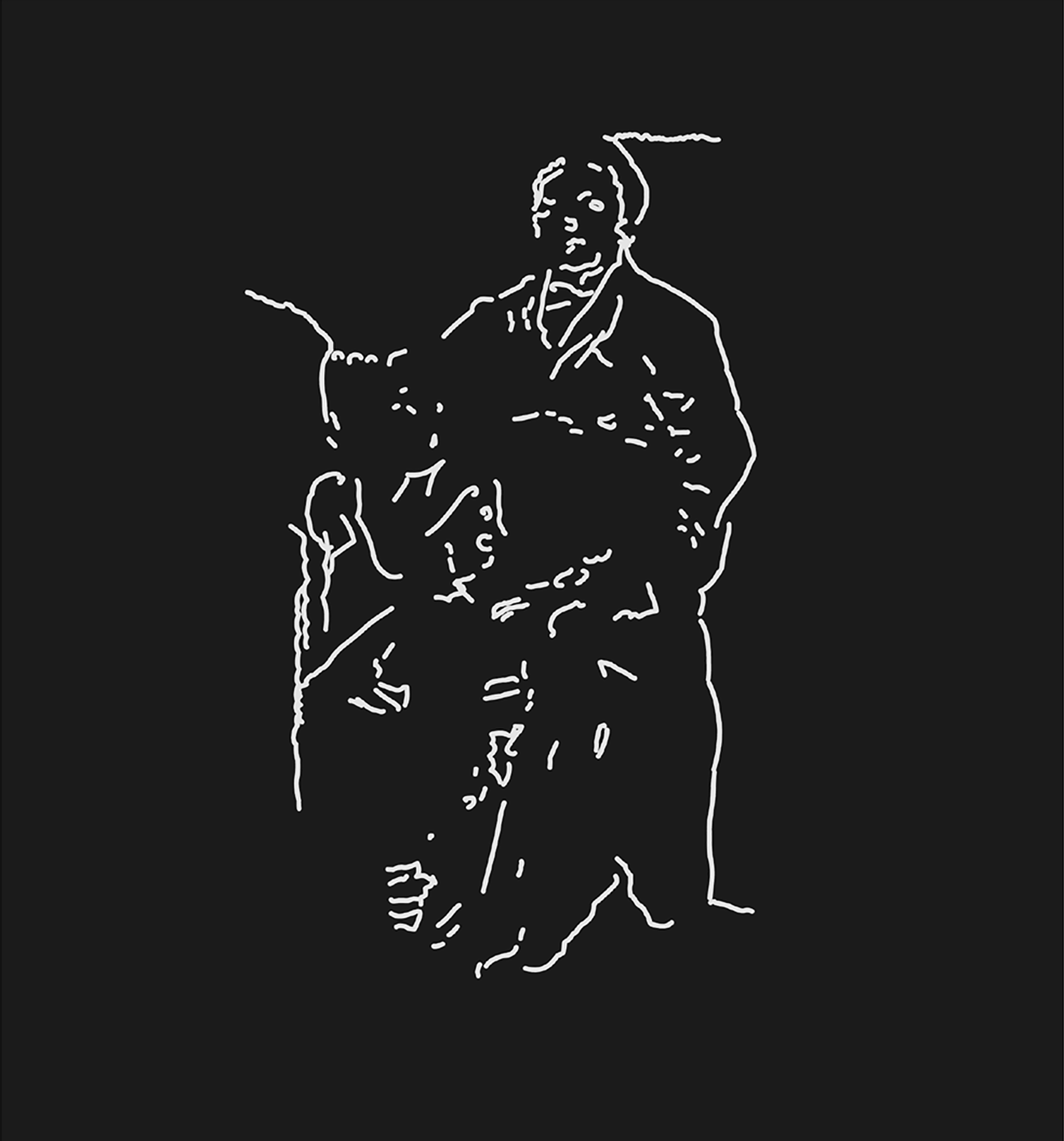
deposit, animation stills
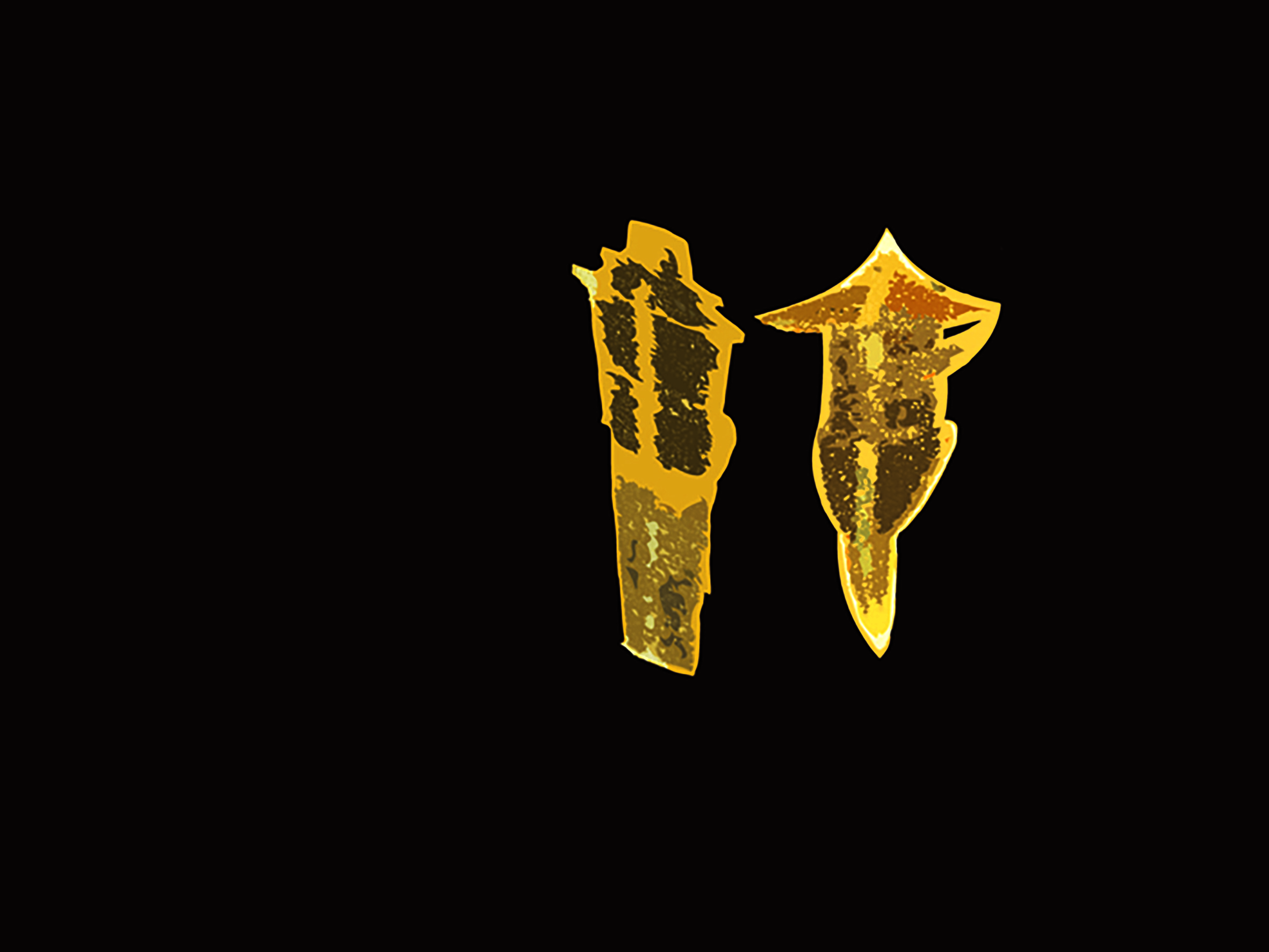
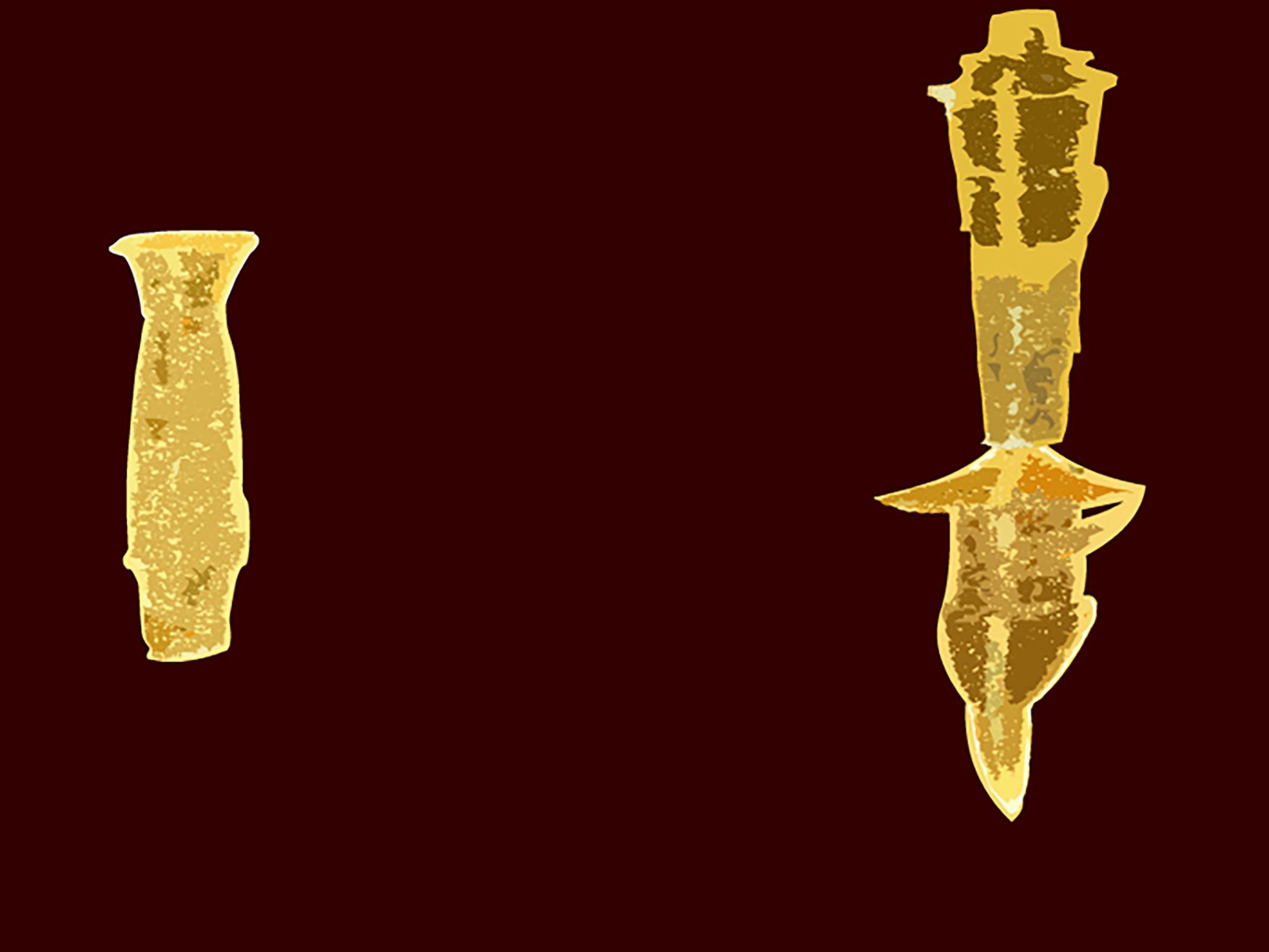
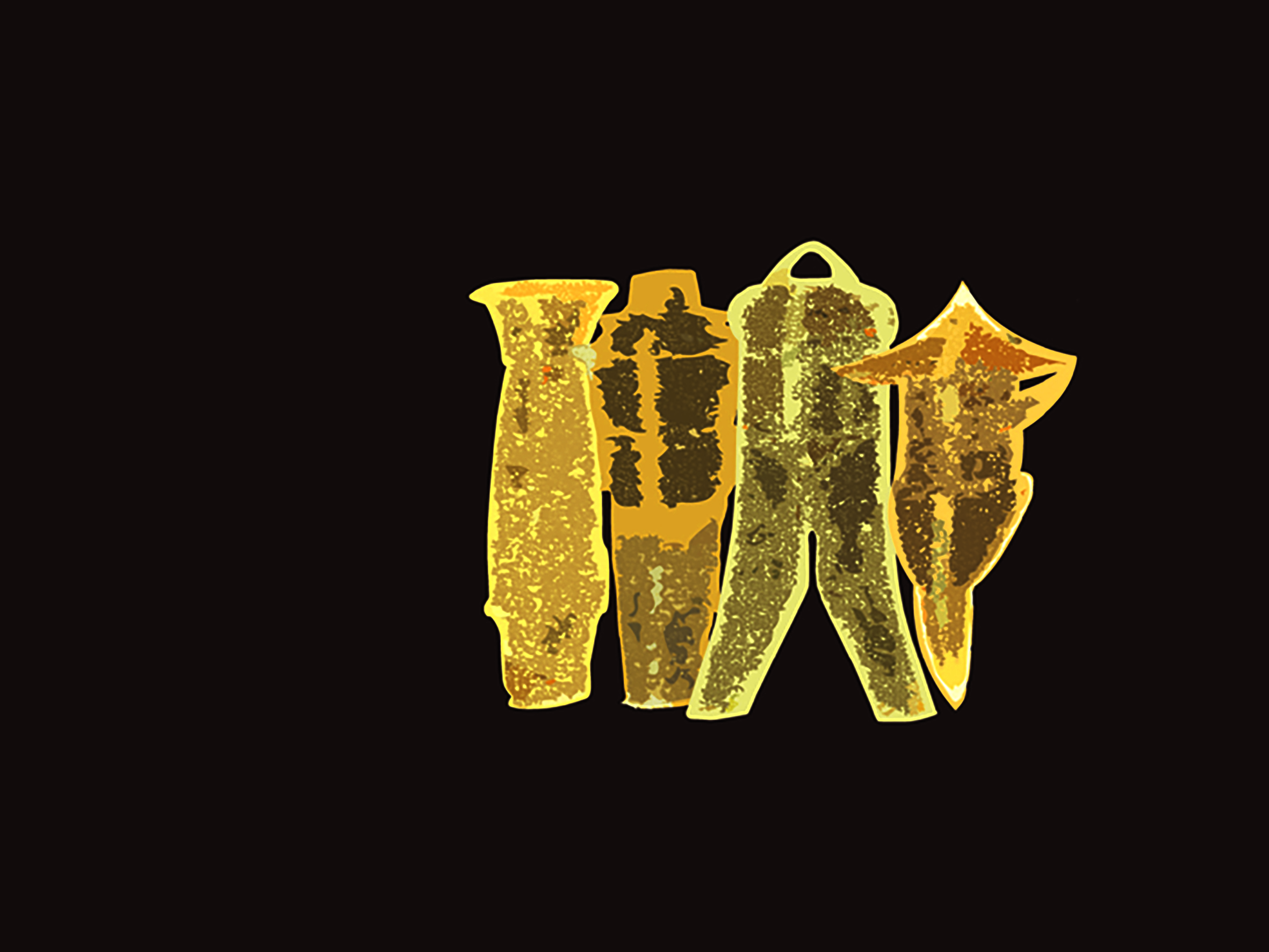
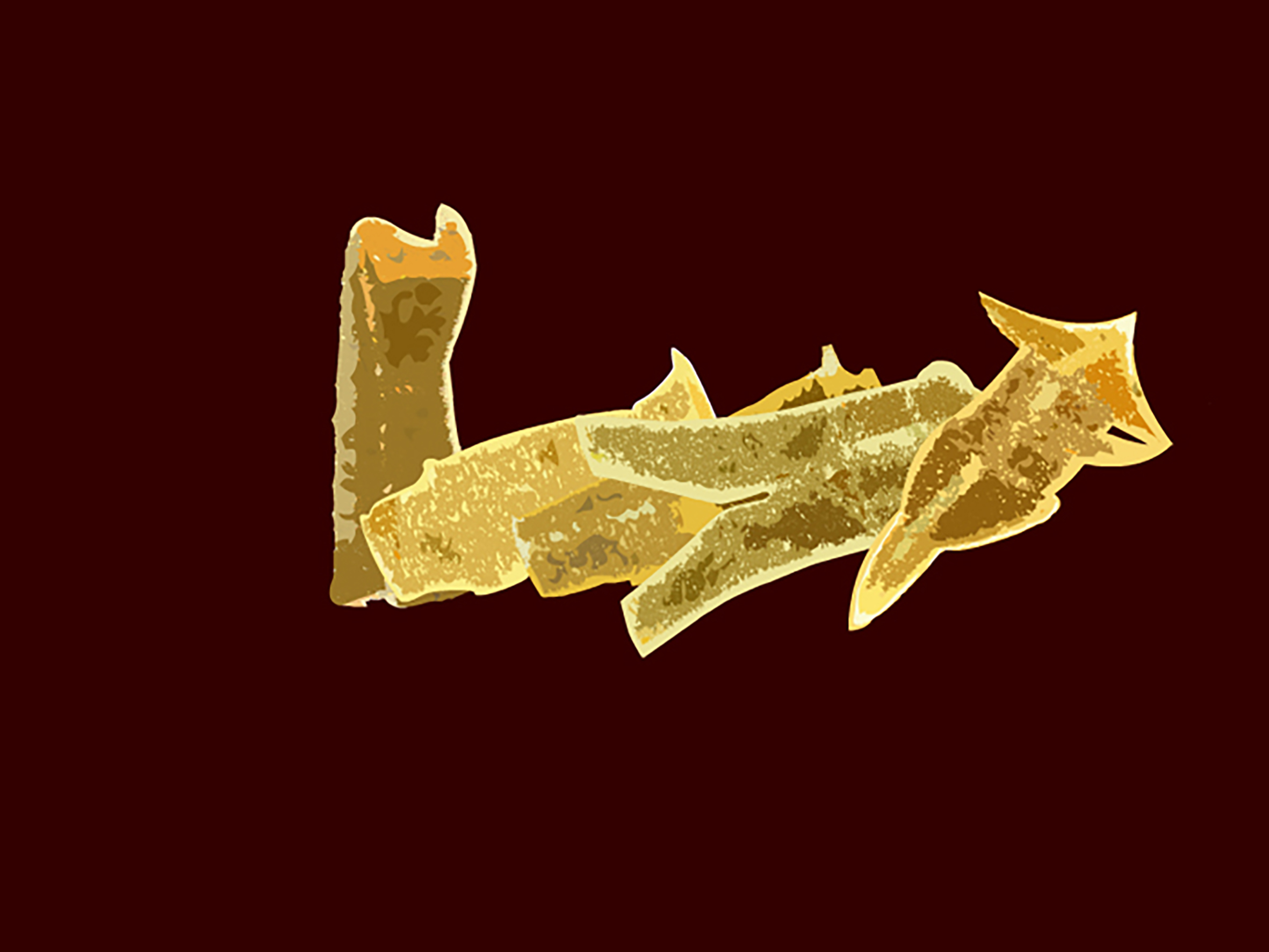
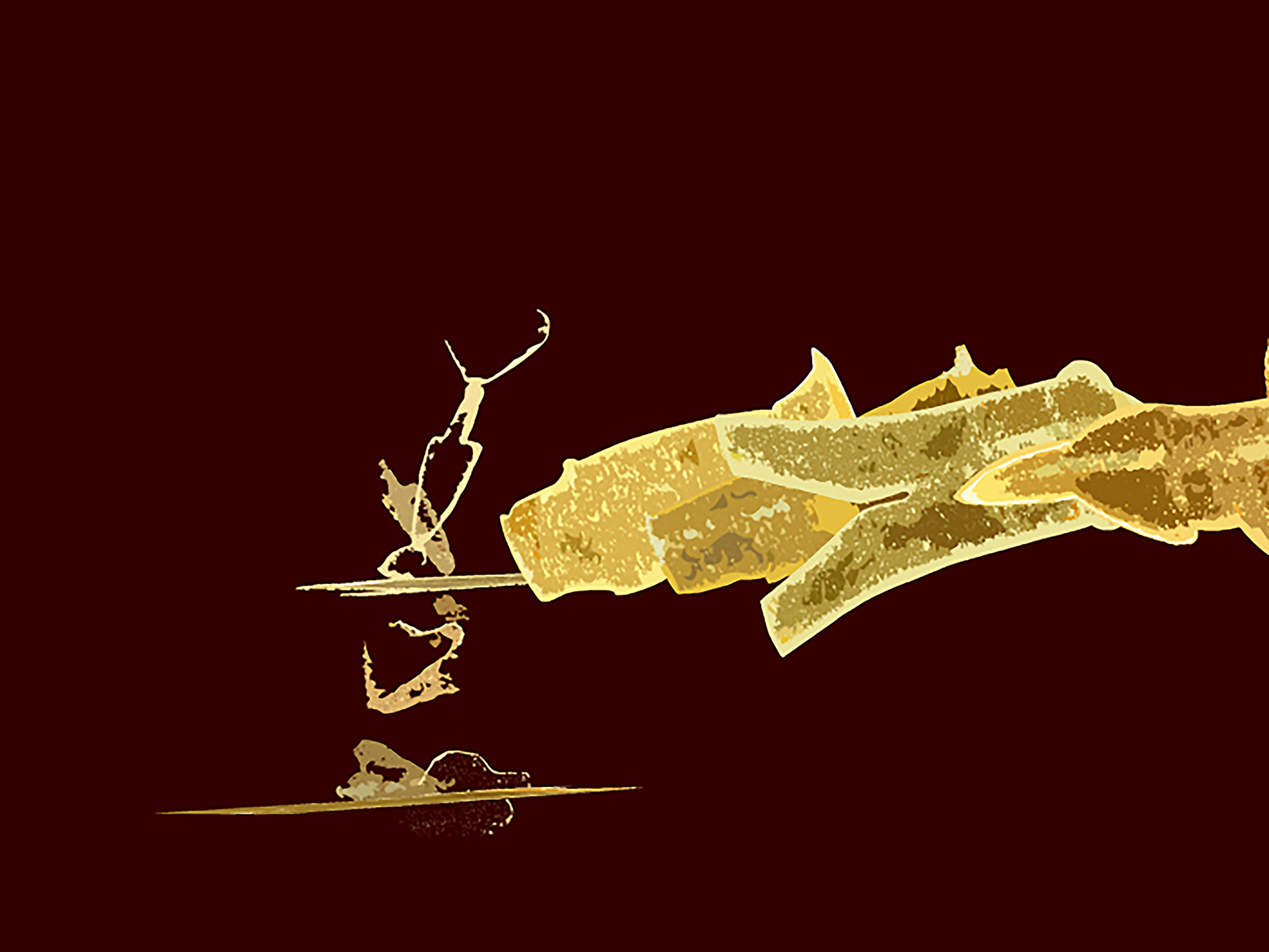
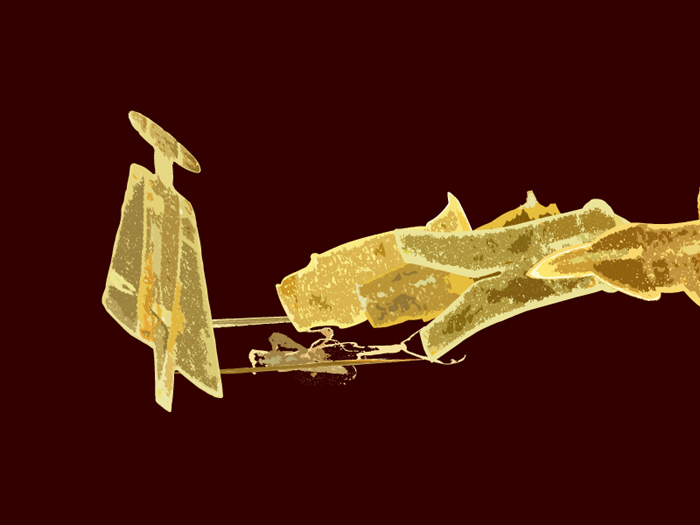
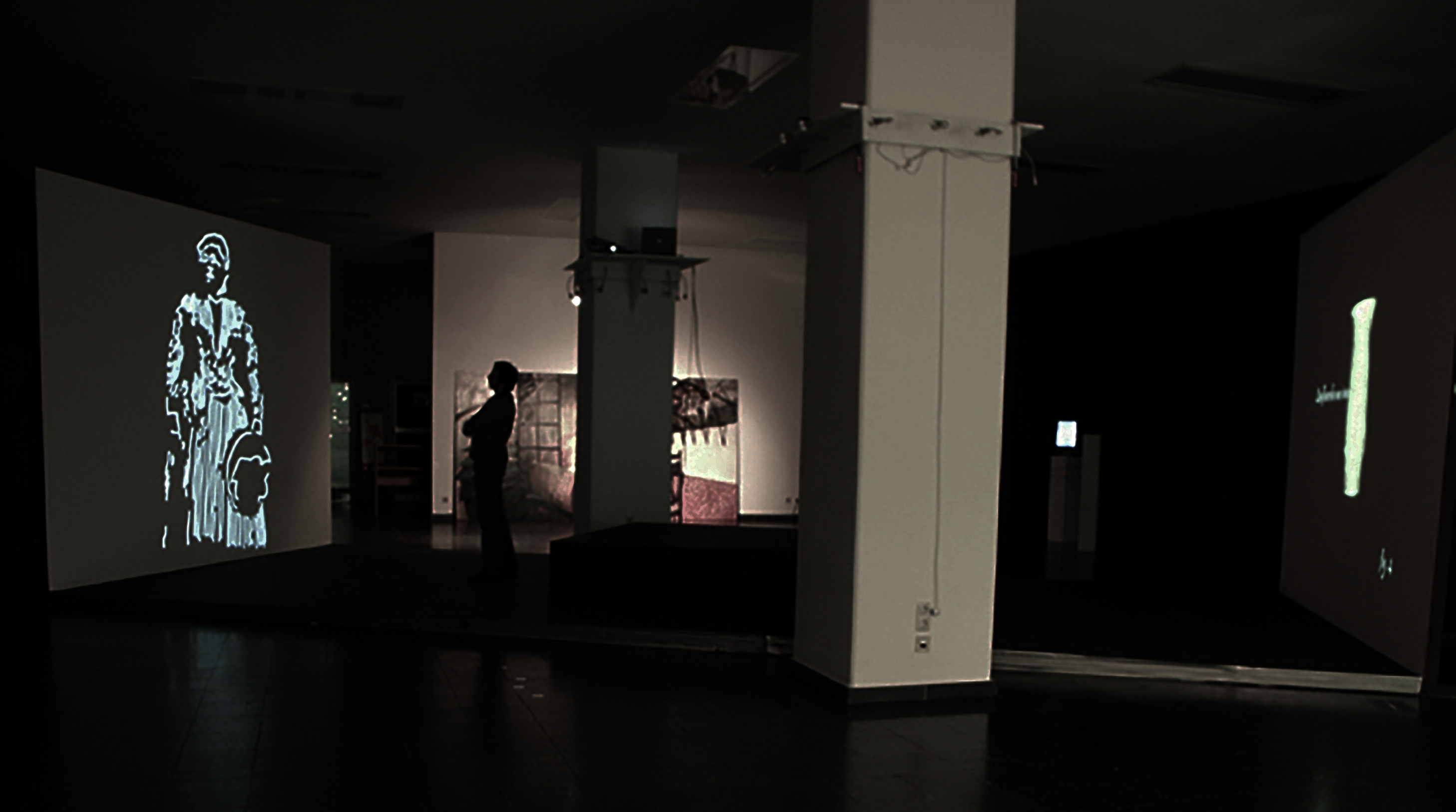
Not to forget the imaginary sex polygon
(M.Duchamp 1914)
In his writings, Duchamp refers to the fourth dimension and to mathematical theories of his time. “I found that the shadow of a three-dimensional object constitutes a two-dimensional form … and concluded, by analogy, that the fourth dimension could project an object with three dimensions, i.e. that all three-dimensional objects that we look at so naïvely are projections of four-dimensional forms unknown to us. In this spirit, I created the newlywed (la mariée, the bride, d.V.) in the Large Glass as a projection of an invisible four-dimensional form.” Marcel Duchamp die Schriften 1981, P 307, Regenbogen Verlag, Zürich
Regarding the bachelors, Duchamp says: “It was simply a matter of making a direct opposition to the theme of the bride, which I believe was given to me by those fairground booths that swarmed at the time, where mannequins, often representing the characters of a wedding, offered themselves to be decapitated thanks to the skill of the ball-throwers.”
Duchamp’s division of the Large Glass into a female and a male half is formally adhered to for my mental mappings project. In my installation, the female and male halves are not located vertically, but horizontally next to each other at the same height on a spatial axis in opposing places.
Two movies play out on the front sides: opposite – the previously female-defined half of Large Glass and deposit – the male-defined half with 9 bachelors as protagonists.
On an abstract level, the perception of space, time, simultaneity and their references to each other are negotiated by means of the double projection. In concrete terms, the viewer is situated between the two projections and can perceive either one or the other animation.
In deposit, representation dominates.
For deposit, I adopted the form and designation of the bachelors, but changed their surface or content. Against a chocolate-brown undefined background, Duchamp’s 9 bachelors are introduced individually as figures with their job titles. Then a series of short episodes appears in which the bachelors, in various ways, oust each other to bring them down. The episodes are reminiscent of a Punch and Judy show.
For opposite, the first impression of a still image is deceptive: Slowly, the contour fragments move and generate the scene. In view of the slowness of the generation, the viewer cannot succeed in receiving the movements as a whole in a unity or perceive a flow. He/she concentrates on movements of details and so the whole change gets out of sight again and again. In this way, a perception is created that generates delays: The perceived details always have to be transferred afterwards into the changed environment. Although all the changing information is visible and present, there must be an exclusion of information in the perception.
The film opposite is accompanied by vocal yodeling. The viewer is located between the two projections of opposite and deposit and can perceive either one or the other animation. She/he switches between the two films – the film not being viewed becomes the background of the film being viewed.
Acoustically, the yodel song forms a continuous carpet for both films, which is disturbed and interrupted by the selectively occurring sounds from deposit.
The reception of the work mental mappings demands a changing viewer positioning, which is decided by the viewer. At the same time, it creates a permanent exclusion of information with a perpetual intermingling of information sources. At the same time, the acoustic components provide a constant reminder of the excluded projection. Sounds punctuate the scenes.
For opposite, I drew 6 protagonists, all members of Einstein’s family – male and female, which merge into each other: Grandpa into Grandma, grandma into father, father into mother, Mother into Albert and Margot, Albert and Margot into Albert, and Albert into Grandpa.
The reception of the work mental mappings demands a changing viewer positioning, which is decided by the viewer. At the same time, it creates a permanent exclusion of information with a perpetual intermingling of information sources. Adding to these turbulences, the acoustic components provide a constant reminder of the excluded projection.
catalogue <ein stein drei>
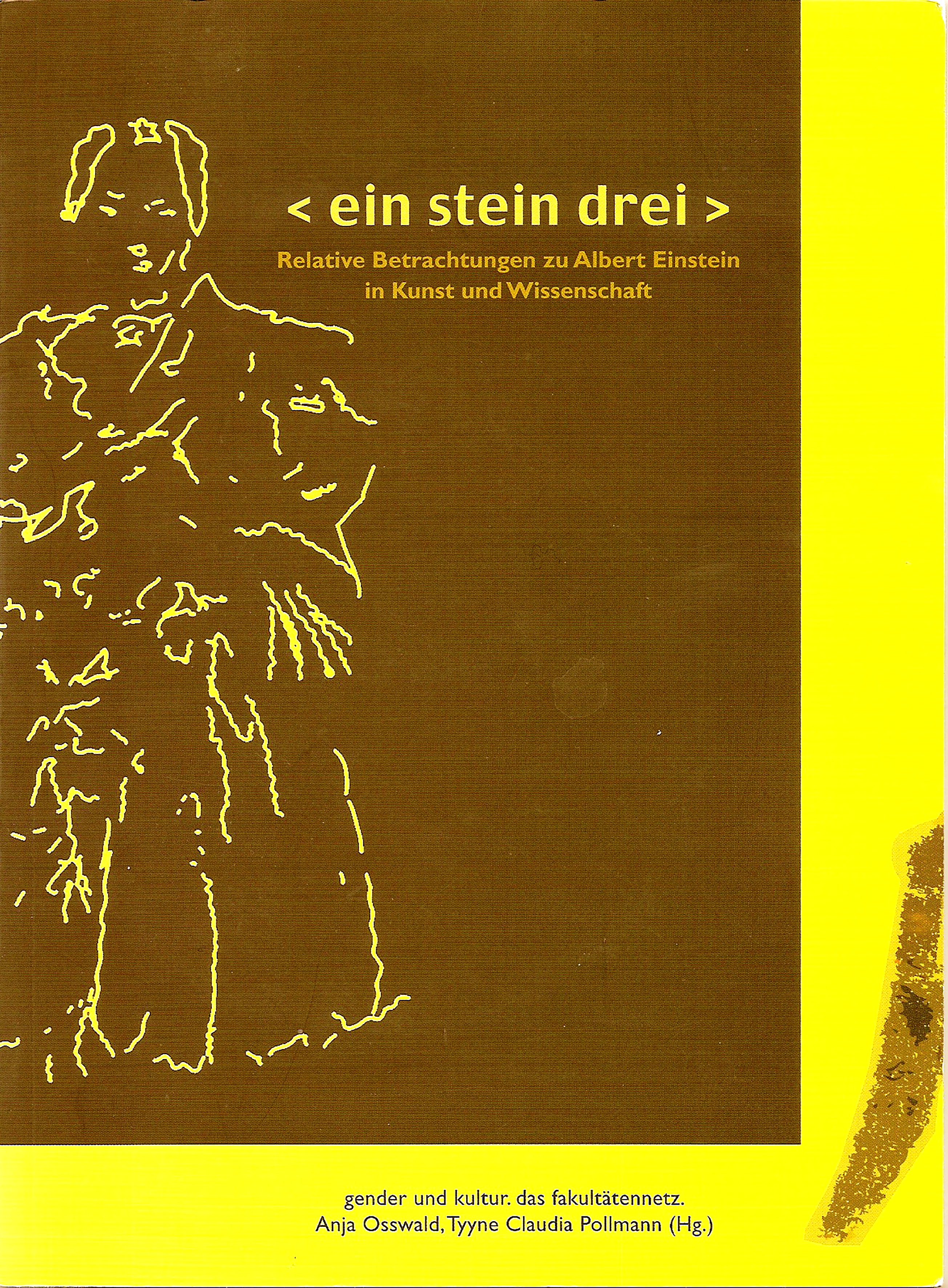
Topobiography Einstein & Duchamp
A biography structures via temporal connections, a topography via spatial connections. A topobiography is a construction that contains both structures, accentuates them and makes their connections clear.
The year of publication of the Special Theory of Relativity is 1905. The researchable data starts with documents from Einstein’s lifetime such as photographic material, publications, newspaper articles, sound recordings, film footage, statements by contemporaries, etc., and leads up to the present day. Also, current self-generated documents of Einstein-specific places are created.
//
M. Fouclaut called for “Other Spaces” to put an end to the “mute sacralization of space”. Contradictions and hierarchizations of any space should be dissolved and transformed into a “mixture of relations”. He developed the concept of heterotopia for those places that are connected to social and cultural space, but at the same time contradict it. Using Einstein’s topobiography, this stage leads to a deconstruction of common methods of constructing consistent biographies; a polyphonic, nonlinear pool of material emerges, whose “mixture of relationships” and particles are available for artistic production as well as for brochure production.
//
The second stage involves a juxtaposition of the theories of Einstein and Duchamp, which were developed at almost the same time.
Einstein distinguishes between the synthetic constructive and the analytical (deconstructive) type of principle theory. To the latter belongs the theory of relativity as the first nonlinear field theory. Duchamp, on the other hand, is called the father of conceptual art.
Central to both theories is the figure of the viewer:
the viewer’s point of view changes the result of the measurement (relativity theory) –
the viewer creates the artwork by his specific reception (conceptual art).
The following is a description of Einstein’s imagined experimental arrangement and a description of Duchamp’s imagined apparatus of the “bachelor machine” on the Large Glass (1914).
“Einstein dealt first with the special theory of relativity and then with the quantum problem. In thought, he brought into the cavity long studied by Planck, filled with thermal radiation, a “plate of solid substance” free to move in one direction. Similar to a container filled with gas, this plate performs a trembling motion. From the experimentally confirmed Planck radiation formula, Einstein derived the magnitude of these fluctuations. (…) Quote Armin Hermann: Einstein Biography p. 159
Duchamp conceived his bachelor machine on the Large Glass as an apparatus with hollow bodies, the bachelors. These consisted of molds called “Cemetery of Uniforms and Liveries” in the 1914 drawing of the Great Glass. The bachelors, found on the male side of the Large Glass, were described by him to be seedless hollow bodies, filled with nothing but pink illuminating gas. Duchamp’s writings contain a wealth of clues to his reception of Pointcaree’s mathematical work. The pages titled “Continuum” address the 4-dimensional space, time and motion.
The stage includes a comparative and critical study of the postulates and models especially with respect to the position of the observer. The validity of the theorems for our present time will be critically reflected.
“In relativity, the doctrine of space and time, kinematics, no longer plays the role of a foundation independent of the rest of physics. The geometrical behavior of bodies and the course of clocks depend rather on gravitational fields, which are themselves again generated by matter.”
Quotation Albert Einstein: My world view, p. 145
Aspects of understanding the concepts and relationships of space and time are thematized in this stage with special attention to the domination of space as a stylistic principle of modern pictorial composition. The viewer-image positioning through the central perspective apparatus as well as the perspectivization of the image and the narrative development of the pictorial space form a focal point.
In addition to the theoretical examination of the contents of the theory of relativity and its far-reaching implications for other fields, the concepts of space and time are negotiated in a practice-oriented manner.
The concepts of space and time affect every artistic production. In the Western hemisphere, the view of these “abstract” concepts corresponds to a world view from the late 18th century – the ideas of the theory of relativity have mostly not found their way in.
Investigations into the role of the viewer’s standpoint in Jonathan Crary’s work (Techniques of Viewing) as well as the analysis of perception and handling of space and time with gender-specific connotations in Linda Hentschel’s work (Pornotopic Techniques of Viewing) offer the possibility of designing a heterotopic, polyphonic conception of space and time, which will be realized in this stage.
Heuristic* models, experiments, and experimental setups will be conceived and carried out for intellectual engagement.
(*heuristic is a hypothesis or conjecture, which as such is not yet necessarily correct, but which is useful for the investigation of the truth).
The concepts of space and time are questioned both theoretically and experimentally.